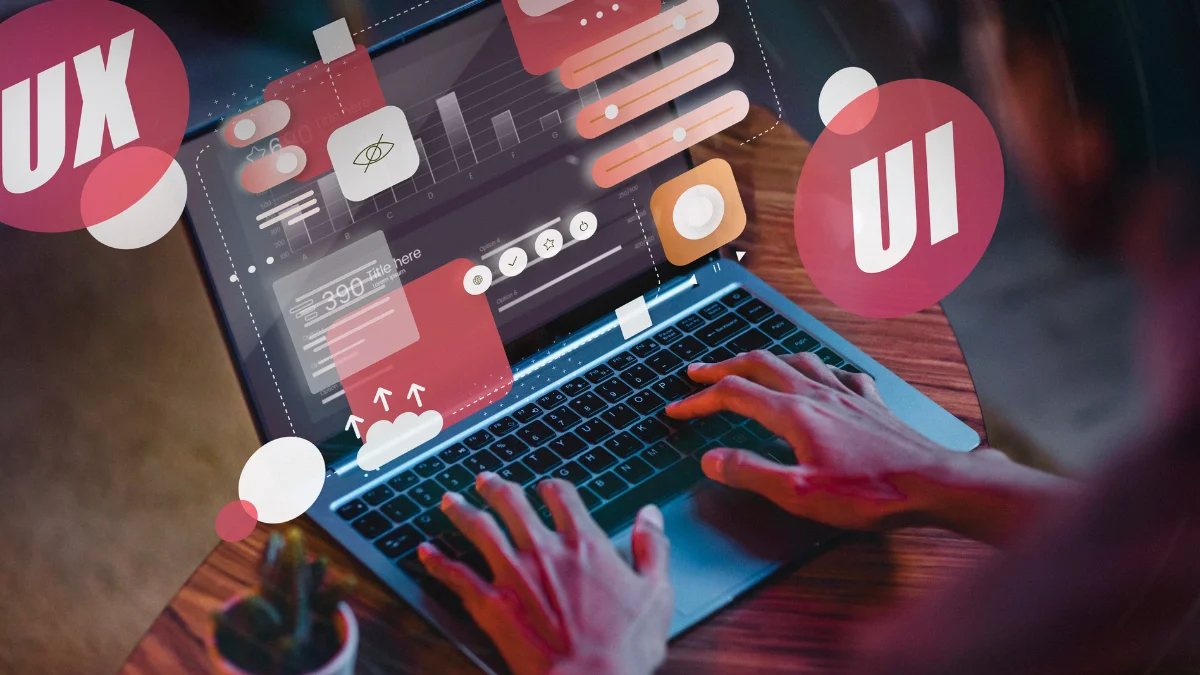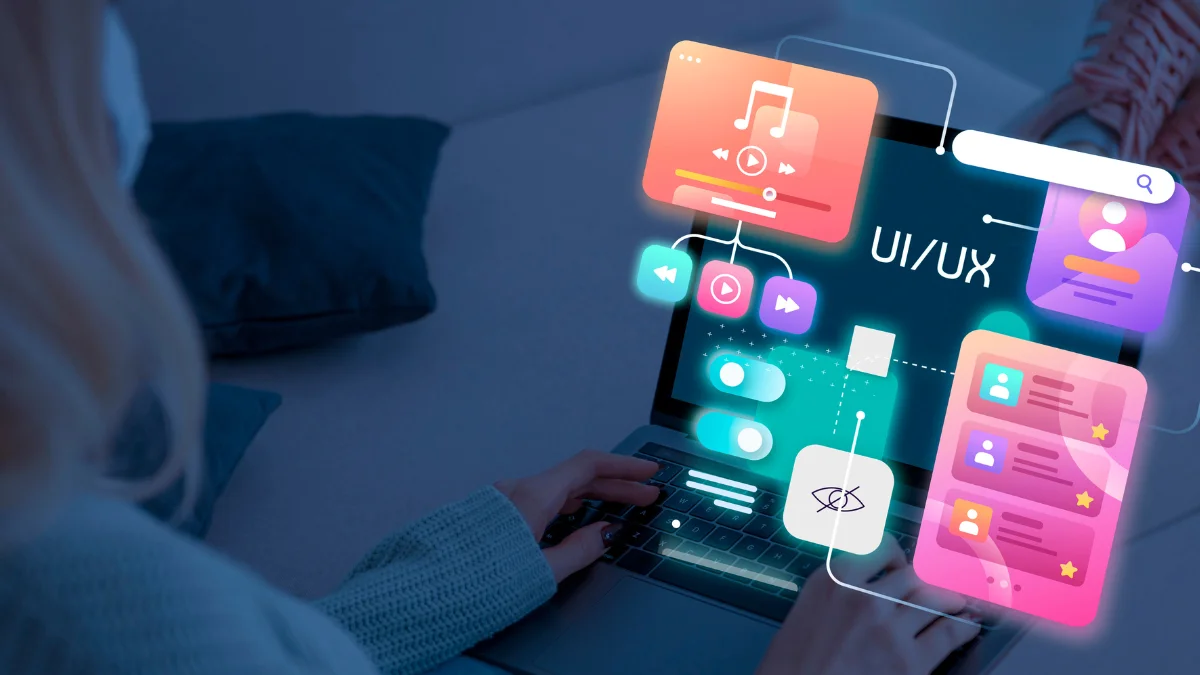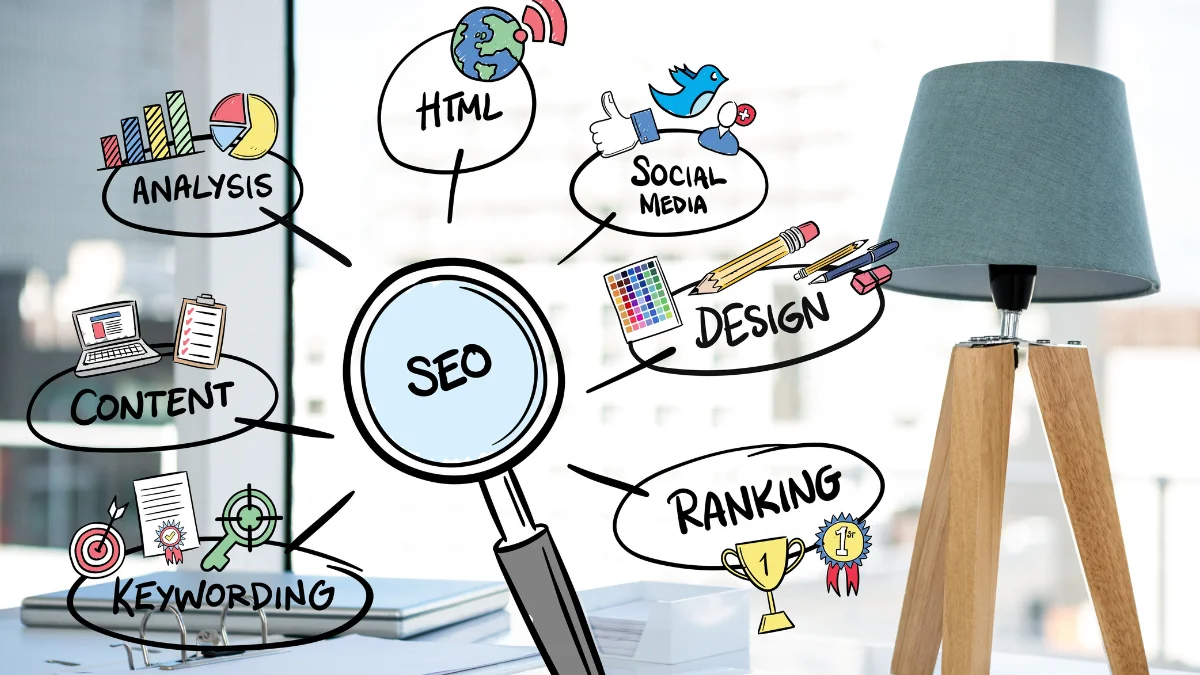
Mastering Creativity: How UI/UX and Graphic Design Can Unlock Your Dream Career
Every smooth app, sleek website, or intuitive online store you love? That’s the work of skilled designers. In today’s digital world, creativity is vital—and UI/UX and graphic design are at its core.
Design isn’t just about looks—it solves problems, shapes emotions, and makes tech feel human. If you enjoy blending creativity with logic or notice the details others miss, this could be your path to a rewarding career.
Let’s explore how mastering these skills can open big doors for you.
The Evolution of UI/UX and Graphic Design
Graphic design started in print—think posters and ads—but evolved rapidly with the internet. By the early 2000s, websites were basic and focused mostly on function. Then smartphones and apps changed everything.
Businesses needed more than good looks—they needed designs that worked smoothly for users. That’s how UI and UX design became essential, blending creativity with usability.
Today, graphic and UI/UX designers are at the heart of building websites, apps, and digital products that people love to use.
What is UI/UX Design & Graphic Designing?
UI/UX design is all about making digital products both beautiful and easy to use.
- UI (User Interface) deals with how things look—buttons, colors, and layouts.
- UX (User Experience) focuses on how it all feels and flows for the user.
Graphic design, on the flip side, is storytelling through visuals. It’s about using images, typography, and layouts to share ideas and grab attention—whether it’s for a brand, a social media post, or a website banner.
When combined, UI/UX and graphic design create powerful experiences: eye-catching visuals paired with smooth, user-friendly interactions.
Who Can Enroll in a UI/UX Course in Pondicherry?
You’re a good fit if you are:
- A graduate in any field—Arts, Science, Commerce, Engineering, you name it.
- A working professional ready to pivot into a creative career.
- A business owner keen on creating your own branding and visuals.
- A beginner who’s just curious and ready to explore design for the first time.
The best part? Most courses don’t expect you to be an expert from day one. They’ll start you off with the fundamentals and help you build up from there.
Course Duration & UI/UX Designer Course Fees in Pondicherry
📅 Course Duration: 2 to 4 months (Hands-on projects & portfolio development)
⏰ Batch Options: Morning, Evening, and Weekend batches available
💰 Course Fees: Contact us directly for updated fees and payment options.
We provide professional-level training in UI/UX and graphic design at an affordable price, helping you learn, practice, and build a portfolio.
What You’ll Really Learn in a UI/UX Designer Course in Pondicherry
Curious about what skills you’ll actually walk away with? Here’s the real deal—beyond just learning tools, you’ll be shaping the way people experience the digital world.
Design Basics That Matter
You’ll finally understand why some designs “just work.” From layouts and typography to color psychology and visual hierarchy, you’ll learn how to make things not only look great but feel right.
Master the Tools of the Trade
Figma, Adobe XD, Sketch—you’ll get hands-on with the industry’s favorite tools, creating wireframes, mockups, and prototypes like a pro.
User-Centric Thinking (UX)
Great design starts with empathy. You’ll dive into user research, building personas, and customer journey maps so you can design solutions that genuinely help people.
Graphic Design Skills with Impact
You’ll bring visuals to life with tools like Photoshop, Illustrator, and InDesign, learning to craft logos, social media creatives, marketing materials, and more.
Visual Storytelling
Learn to create designs that aren’t just pretty—but meaningful. Whether it’s a website or a brand campaign, you’ll know how to make people feel something.
Build a Killer Portfolio
By the end, you won’t just have theory—you’ll have a collection of real projects that show your creativity and problem-solving skills in action.
Team & Client Collaboration
It’s not just about solo work—you’ll also build the communication and collaboration skills needed to thrive in creative teams and pitch your ideas with confidence.
Career Opportunities After Certification
What Kind of Jobs Can You Land?
After building your skills and portfolio, you’ll be ready to step into exciting roles like:
- UI/UX Designer – Craft smooth, engaging experiences that make apps and websites easy (and fun) to use.
- Graphic Designer – Design eye-catching visuals that tell stories and bring brands to life.
- Visual Designer – Blend graphic design and interface design to create stunning, user-friendly digital products.
- Product Designer – From concept to final design, you’ll shape how entire products look and work.
- Brand Identity Designer – Help companies stand out by designing logos, color schemes, and full brand styles.
- Creative Specialist – Wear multiple creative hats, working on everything from marketing campaigns to social media content.
How Much Can You Earn?
Starting out? You’re looking at an average salary of ₹3-5 LPA. As you gain experience and build a strong portfolio, your income can jump to ₹8-15 LPA, sometimes even higher depending on your skills and where you work.
Who’s Hiring?
Top tech giants like Infosys, Zoho, Cognizant, and TCS are always on the lookout for talented designers. Plus, tons of startups, creative agencies, and global companies need fresh design thinkers to shape their digital products.
Frequently Asked Questions (FAQ)
Absolutely. In fact, combining both gives you an edge—clients and employers love versatile designers.
Not at all. Many successful designers start with online courses or certifications and build strong portfolios instead of going the traditional degree route.
UI/UX is about how people experience a digital product—how easy and enjoyable it is to use. Graphic design is more about visuals, like creating logos, ads, or branding.
Not really. Some basic HTML or CSS helps UI/UX designers, but it’s not a must. Most tools handle the heavy lifting visually.
With the right training and a good portfolio, you can be ready to start applying for jobs within 3 to 6 months.
Yes! A lot of design jobs today are remote, especially if you freelance or work with global teams.
They’re actually pretty beginner-friendly. With practice and proper guidance, you’ll feel comfortable in no time.
Definitely. Many new designers kick off their careers by taking freelance projects to build experience and earn on the side.
Yes, you’ll work on real projects so you’ll have actual work to show clients or employers.
Yes, especially if they’re from respected places like Trinite Academy. But your portfolio and skills will always speak the loudest.
Conclusion
Whether you are searching for a full stack developer course in Pondicherry or prefer a full stack developer course online, investing in this skill set can unlock doors to a rewarding career. With a combination of technical expertise, creativity, and problem-solving skills, full stack development will remain at the forefront of tech hiring trends.
Ready to start your journey? Enroll in a full stack developer training in Pondicherry and future-proof your career today!


